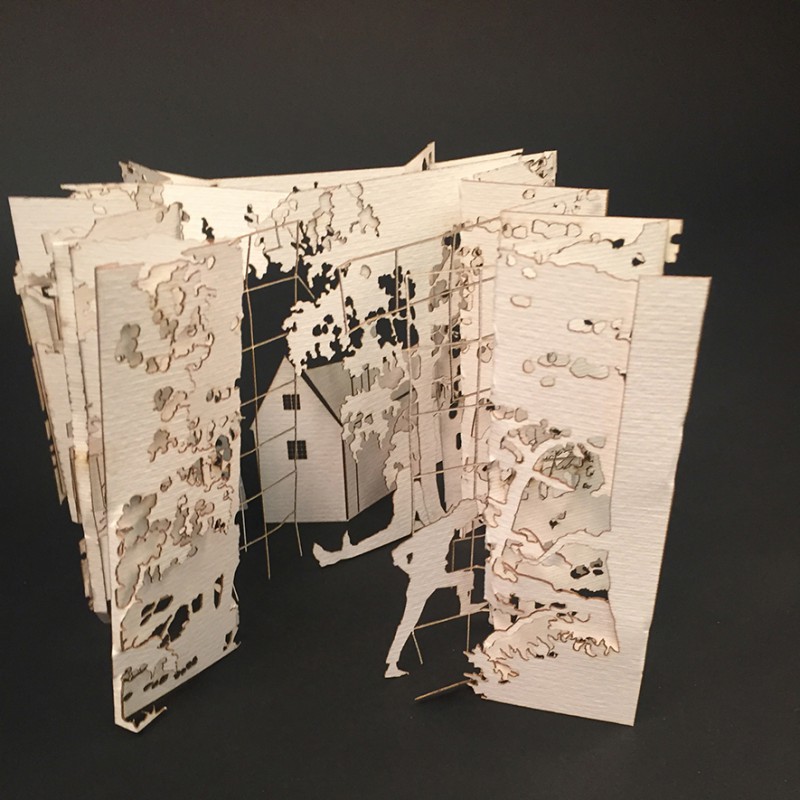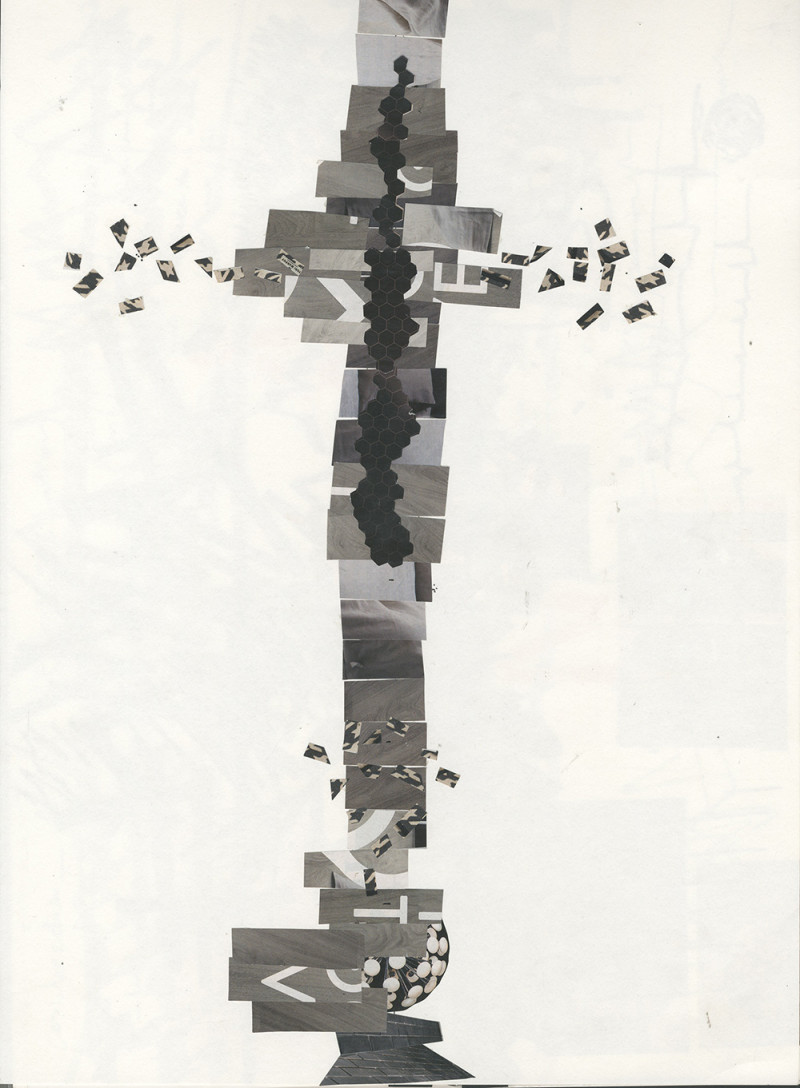Introduction
This inaugural edition of IE:Studio explores the edges of our discipline – considering and exposing the diversity, breadth and potential of interiors, and affirming the discipline as a multi-faceted, dynamic and nimble field of knowledge. In the call for papers, issued in March 2017, the editors invited academics and practitioners within Interiors to share their thinking concerning the edges of the field. What happens at those edges? Where are the edges found? Are they there at all?
Edges, like boundaries and borders, are familiar terms. Physical edges can be mapped and located spatially, in that you can be on one side or the other. Less tangible edges, such as cultural or even legal ones, are the subject of shared understanding, negotiation and interpretation. Beyond these, there are those edges which shift; discoveries, and changes of ownership and mind, will move the safe centre to another place. The one-time outsider becomes part of the canon.
The subject of Interiors is arguably bound by edges which are very hard to define indeed. Interiors might be more accurately defined as a zone of operation, infused with a freedom to borrow freely and roam widely, at liberty to conceive multiple outcomes for the occupants we design for. There are few Interiors degree programmes which confine themselves strictly within the confines of the inside of a building; designing interiors commonly considers the architecture, the context and the landscape, and certainly there are good reasons why this should be so. Equally, Interiors has embraced the concepts of interpretation and narrative, thus venturing into theoretical and psychological territory – the interior of the mind. More so, the design of Interiors and their inhabitation are sources of intrigue for the sociologist and anthropologist. However, as a group of people dedicated to the teaching of Interiors, we can recognise an Interior project when we see one and in this inaugural journal, we actively celebrate the scope of our domain. Our discipline makes room for others, and as new methods, practices and demands emerge (technical, professional, social) the discipline of Interiors manages to adapt and remain relevant. In that sense, then, Interiors (as a discipline and as a mind-set) is defined not so much by edges but by broad, ever shifting thresholds of varying density - of networks and points of contact – of subjects borrowed and appropriated.
Perhaps we’re a discipline of transgressors, moving across boundary-lines in a spirit of adventure and enquiry. “He who trangresses not only breaks a rule. He goes somewhere that the others are not; and he knows something the others don’t know”[1]. This was Susan Sontag, writing on pornography as it happens, but the point is well made. Edges are not impenetrable, and when we walk to the other side we can make connections that haven’t been made before – out of which comes rich experience and understanding. The papers within this first issue of IE:Studio are explorations of that, and we can find within the contributions below (embracing experience from the UK, the US, Italy and Australia) how exciting studio practice can become when Interiors borrows techniques from other disciplines, challenges ideas of scale, considers the act of destruction and, interestingly, contemplates that most physical expression of the interior – the front door.

As several of the essays in this journal demonstrate, flexibility of the Interior approach and open design process also makes us keen collaborators, for an Interior cannot be constructed in isolation. Rachel Simmonds from Edinburgh College of Art authored a co-design brief, which asked several design disciplines to celebrate each others’ process by developing concepts in partnership but making final responses in their discipline. Collaboration can be challenging for students and Simmonds identifies a set of principles to enable successful partnerships. Rachel Brown and Phevos Kallitsis from the University of Portsmouth present two collaborative briefs that underpin the ethos of pedagogy in their School; to encourage an experimental design process and develop students’ own design identity. (Figure 1)
An Interior student is expected to be a metaphorical sponge, but being receptive to other ways of working can sometimes make a student doubt what their discipline is. The transgressional qualities we academics celebrate can be in direct opposition to preconceived ideas of Interiors generated in the wider media. The brief delivered to 1st year RMIT students by Chris Cottrell, Olivia Hamilton and Andrew Miller recognises this and encourages students to investigate the poetics and materiality of space, rather than presupposed functionality.
Disrupting and challenging assumed Interior norms and ways of working is also a theme in Belinda Mitchell and Maureen O’Neil’s brief. They bring Interiors and Illustration students together in a project that explores links between drawing, writing and space making through Artist’s books.
In this first edition of IE:Studio we have also published essays that, while based in student-centric teaching and the source of inspired student responses, are not typical studio projects – though they very much could be. We have called this section ‘Ruminations’, alluding to a collection of papers which could inspire further creative studio interrogation. You may choose to appropriate one of these essays and submit your own ruminations-based studio project to a future issue of IE:S, thus exploring another key attribute of the “Interiorist” - adaption and reuse. But that’s for another issue. In the meantime, we hope you find this first issue to be a source of inspiration in terms of your own practice and consideration of the reach of our discipline.

